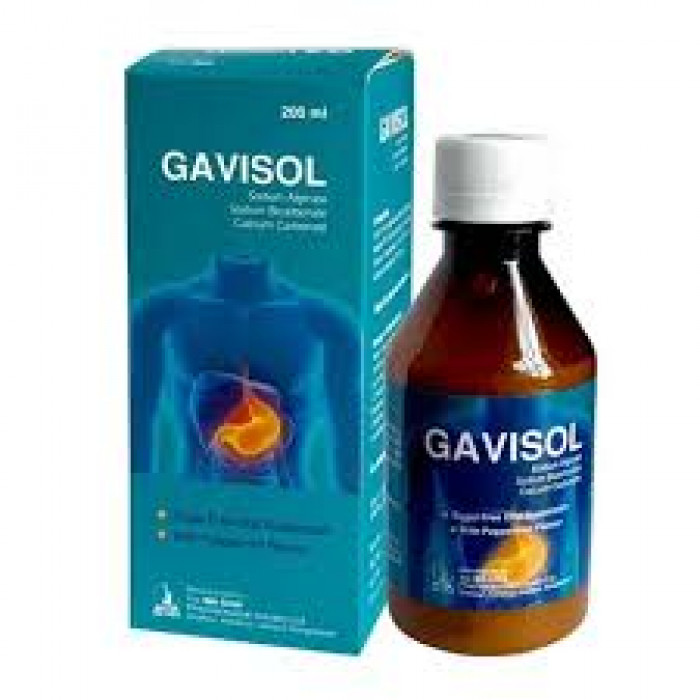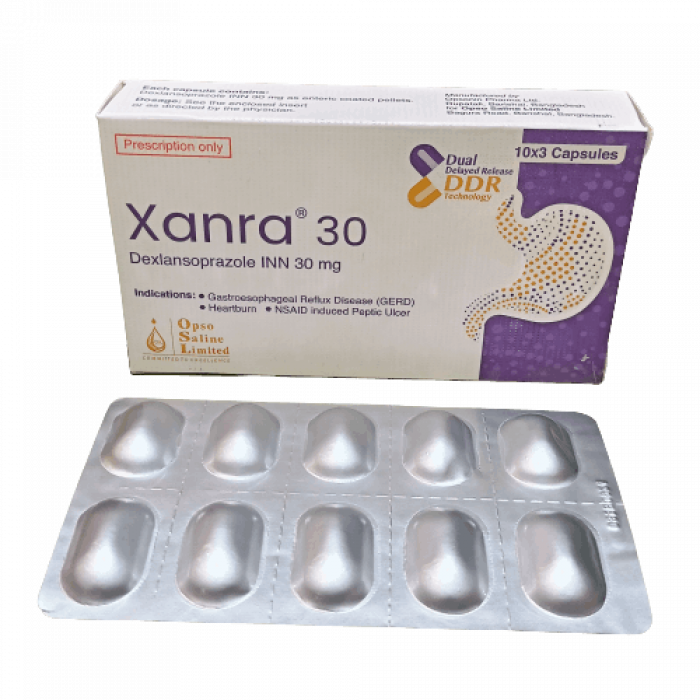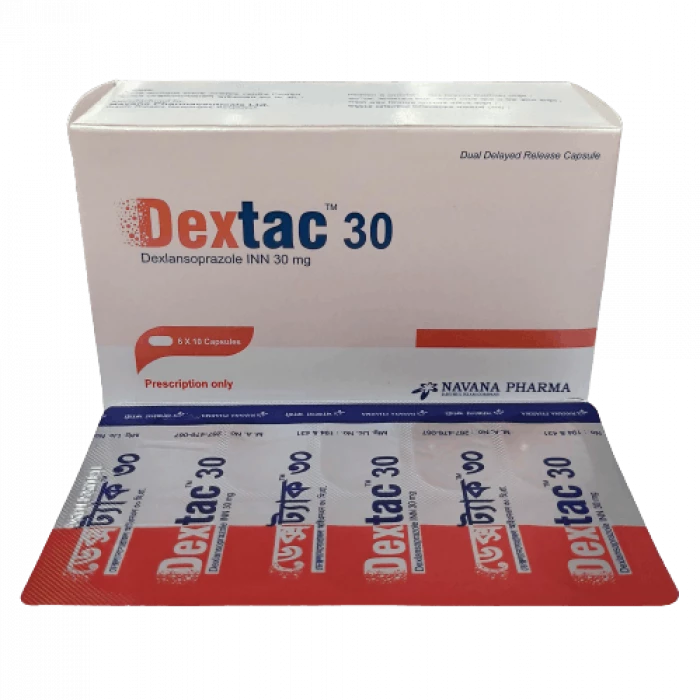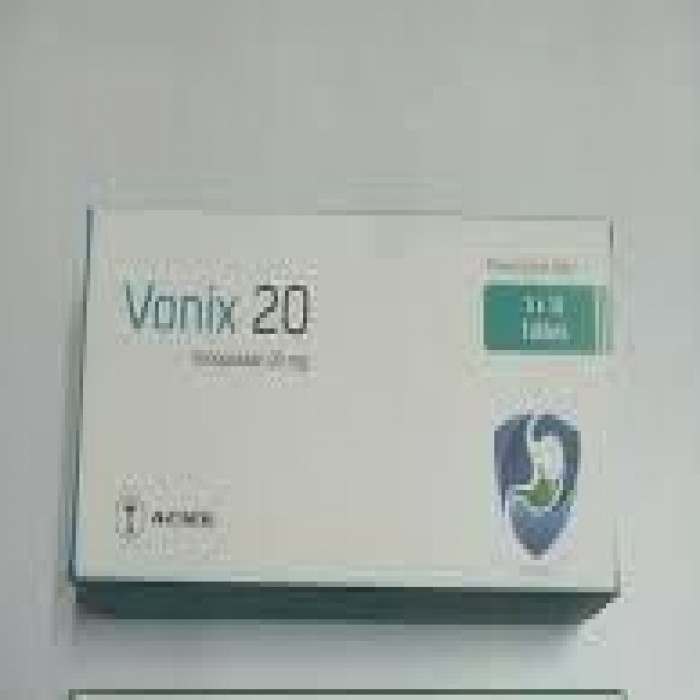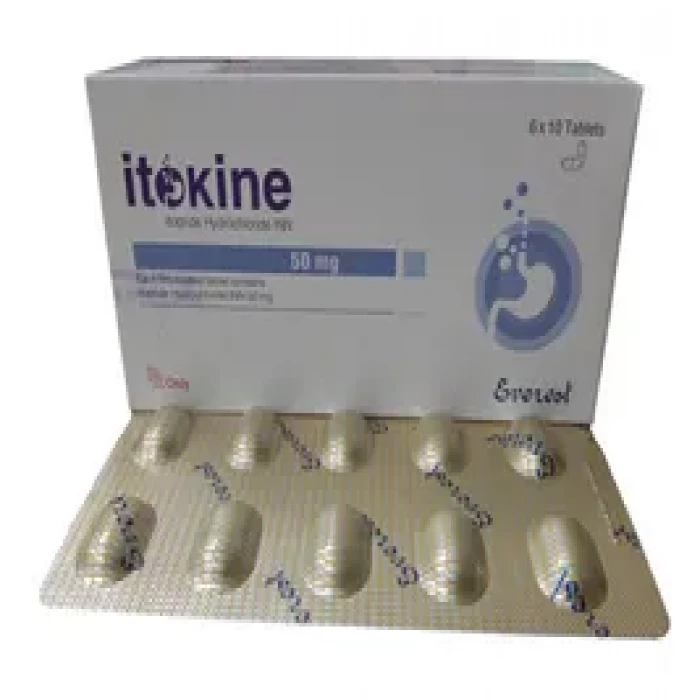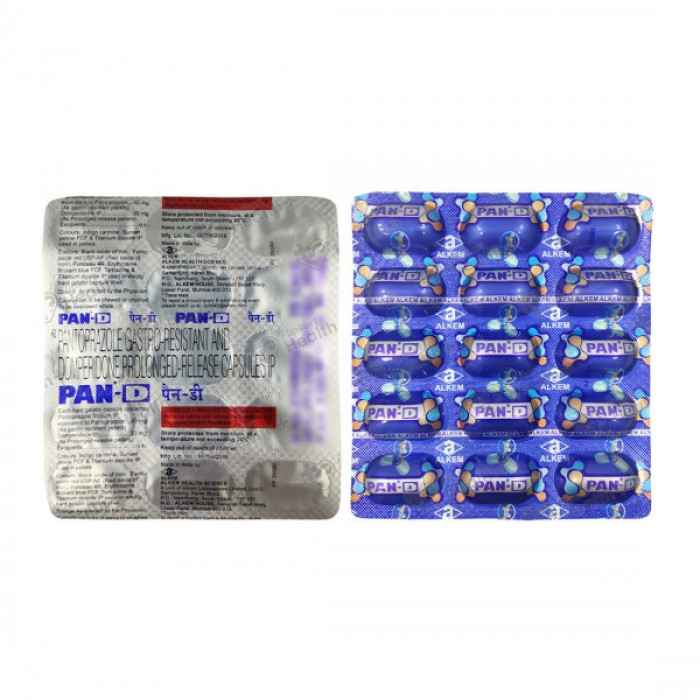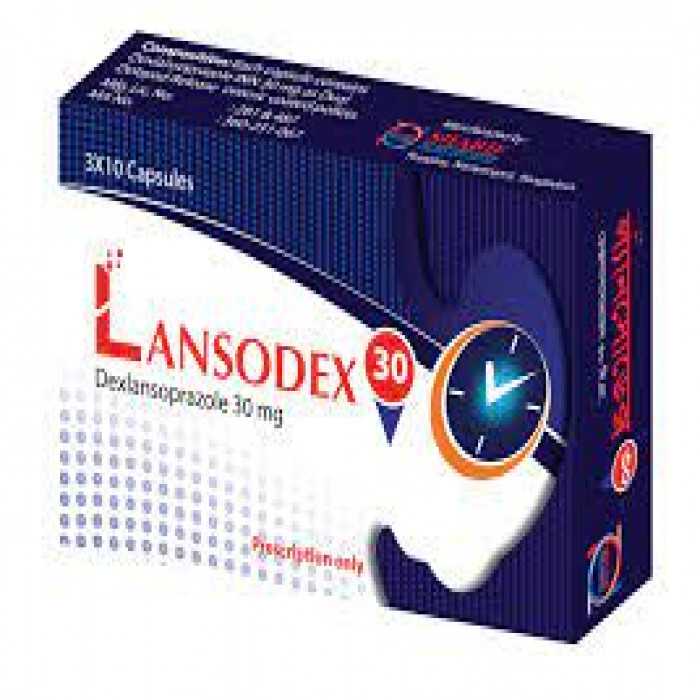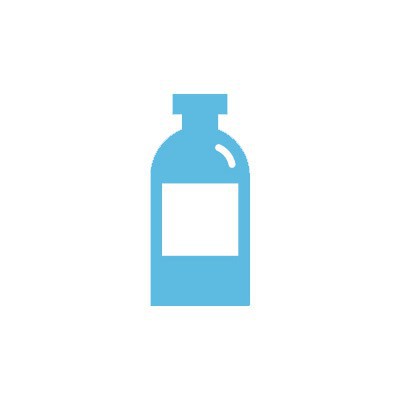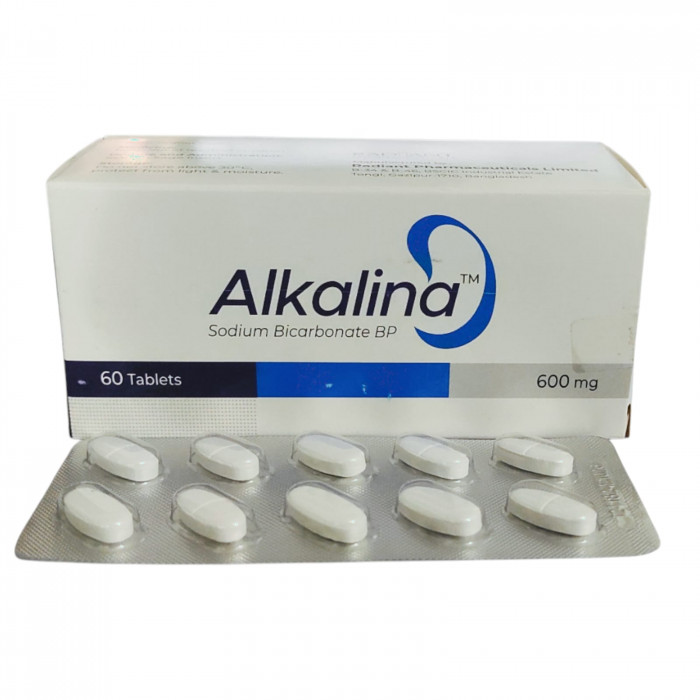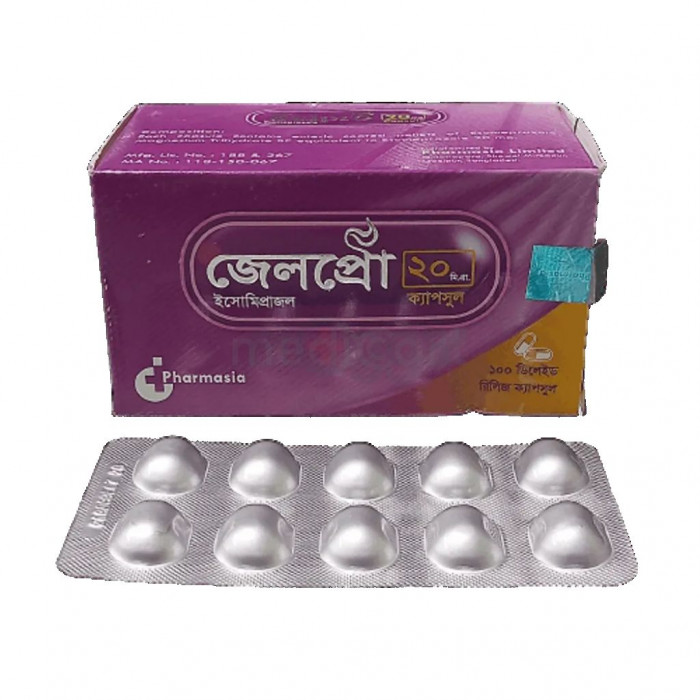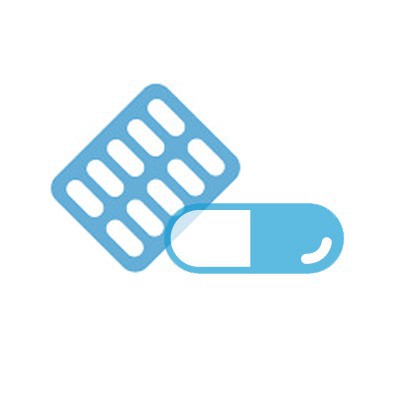
✔ 100% Authentic Product
👁️ Currently Viewing 130
100% Genuine Products, Guaranteed
Safe & Secure Payments, Always
Fast, Secure & Efficient Delivery
Proper Packaging
 Cash on Delivery - All over Bangladesh
Cash on Delivery - All over Bangladesh Regular Delivery - 8-12 Hours, Dhaka City
Regular Delivery - 8-12 Hours, Dhaka City Regular Delivery - 24-48 Hours, All Over Bangladesh
Regular Delivery - 24-48 Hours, All Over Bangladesh ফ্রি ডেলিভারি! - ৯৯৯ টাকা+ অর্ডারে ঢাকা
শহরে ।
ফ্রি ডেলিভারি! - ৯৯৯ টাকা+ অর্ডারে ঢাকা
শহরে । ফ্রি ডেলিভারি! - ২৪৯৯ টাকা+ অর্ডারে ঢাকার
বাহিরে ।
ফ্রি ডেলিভারি! - ২৪৯৯ টাকা+ অর্ডারে ঢাকার
বাহিরে ।
✅ Description:
Lasocon is a medicine that reduces the amount of acid produced in your stomach. It is used for treating acid-related diseases of the stomach and intestine such as heartburn, acid reflux, peptic ulcer disease, and some other stomach conditions associated with excessive acid production. Lasocon is also used to prevent stomach ulcers and acidity that may be seen with the prolonged use of pain-killers. It belongs to a class of medicines known as proton pump inhibitors (PPIs). This medicine should be taken one hour before a meal, preferably in the morning. The dose will depend on your underlying condition and how you respond to the medicine. You should keep on taking it as prescribed even if your symptoms disappear quickly. You can increase the efficiency of the treatment by eating smaller meals more often and avoiding caffeinated drinks (like tea and coffee), and spicy or fatty foods. The most common side effects observed with this medicine include nausea, headache, flatulence, and diarrhea. These symptoms are generally mild but if they bother you or do not go away, consult your doctor. Long-term use of this medicine may lead to an increased risk of side effects. For instance, using this medicine for more than 1 year may increase your risk for bone fractures, especially with higher doses. Talk to your doctor about ways to prevent bone loss (osteoporosis), like taking calcium and vitamin D supplements. Before taking this medicine, you need to tell your doctor if you have severe liver problems, are taking medicines for HIV, have ever had an allergic reaction to similar medicines in the past or suffer from bone loss (osteoporosis). Pregnant or breastfeeding women should also consult their doctor before taking it.
Uses of Lasocon
Gastroesophageal reflux disease (Acid reflux)
Peptic ulcer disease
Side effects of Lasocon
Common
Nausea
Headache
Flatulence
Diarrhea
How to use Lasocon
Take this medicine in the dose and duration as advised by your doctor. Dissolve it in a glass of water before taking it. Lasocon is to be taken empty stomach.
How Lasocon works
Lasocon is a proton pump inhibitor (PPI). It works by reducing the amount of acid in the stomach which helps in relief of acid related indigestion and heartburn.
What if you forget to take Lasocon?
If you miss a dose of Lasocon, take it as soon as possible. However, if it is almost time for your next dose, skip the missed dose and go back to your regular schedule. Do not double the dose.

Quick Tips
It is a well-tolerated medicine and provides relief for a long time.
Junior Lanzol 30mg Tablet DT should be taken 1 hour before a meal, preferably in the morning.
Avoid eating late at night or before bedtime.
Inform your doctor if you get watery diarrhea, fever or stomach pain that does not go away.
Inform your doctor if you do not feel better after taking it for 14 days as you may be suffering from some other problem that needs attention.
Long-term use of Junior Lanzol 30mg Tablet DT can cause weak bones and a deficiency of minerals such as magnesium. Take adequate dietary intake of calcium and magnesium or their supplements as prescribed by your doctor.
Consult your doctor right away if you develop decreased urination, edema (swelling due to fluid retention), lower back pain, nausea, fatigue, and rash or fever. These could be signs of a kidney problem.

Brief Description
Indication
Peptic ulcer, H.pylori infection, Gastro-oesophageal reflux disease, Hypersecretory conditions, Acid-related dyspepsia, NSAID-induced ulcers, Erosive oesophagitis
Administration
Should be taken on an empty stomach. Take before meals.
Adult Dose
Oral Peptic ulcer Adult: 30 mg once daily in the morning given for up to 4 wk (duodenal ulcer) or for up to 8 wk (gastric ulcer). Maintenance: 15 mg/day. Zollinger-Ellison syndrome Adult: Initially, 60 mg once daily in the morning and adjust as required. Daily doses >120 mg should be given in 2 divided doses. Acid-related dyspepsia Adult: 15-30 mg once daily in the morning for 2-4 wk. Gastro-oesophageal reflux disease Adult: 15-30 mg once daily in the morning for 4-8 wk. Maintenance: 15-30 mg once daily according to response. Prophylaxis of NSAID-induced ulcers Adult: 15-30 mg once daily in the morning. H.pylori infection Adult: 1-wk triple therapy: 30 mg bid combined w/ clarithromycin 500 mg bid and amoxicillin 1 g bid or combined w/ clarithromycin 250 mg bid and metronidazole 400 mg bid. Erosive oesophagitis Adult: 30 mg once daily in the morning for up to 8 wk, additional 8 wk if not healed. Maintenance: 15 mg once daily. NSAID-associated ulceration Adult: 30 mg once daily in the morning for 4-8 wk. Elderly: No dosage adjustment needed. Hepatic impairment: Severe: Max: 30 mg/day.
Child Dose
Oral Gastro-oesophageal reflux disease 1-11 yr <30 kg: 15 mg once daily in the morning for up to 12 wk; >30 kg: 30 mg once daily in the morning for up to 12 wk. May increase doses up to 30 mg bid if patient is still symptomatic after 2 or more wk of treatment. 12-17 yr 15 mg once daily for up to 8 wk. Erosive oesophagitis 1-11 yr <30 kg: 15 mg once daily in the morning for up to 12 wk; >30 kg: 30 mg once daily in the morning for up to 12 wk. May increase doses up to 30 mg bid if patient is still symptomatic after 2 or more wk of treatment. 12-17 yr 30 mg once daily for up to 8 wk.
Renal Dose
Renal impairment: No dosage adjustment needed.
Contraindication
Hypersensitivity.
Mode of Action
Lansoprazole is a substituted benzimidazole, and is also known as PPI due to its property to block the final step of acid secretion by inhibiting H+/K+ ATPase enzyme system in gastric parietal cell. Both basal and stimulated acid are inhibited.
Precaution
Hepatic impairment. Gastric malignancy should be ruled out. Pregnancy and lactation. Lactation Risk Summary There is no information regarding presence of lansoprazole in human milk, effects on breastfed infant, or on milk production; however, lansoprazole and its metabolites are present in rat milk; developmental and health benefits of breastfeeding should be considered along with mother’s clinical need for therapy and any potential adverse effects on breastfed child from treatment or from underlying maternal condition.
Side Effect
1-10% Headache (3-7%),Diarrhea (1-5%),Constipation (1-5%),Nausea (1-3%),Abdominal pain (1-3%) <1% Anxiety,Angina,Palpitations,Syncope,Edema,Anorexia,Dry mouth,Tenesmus,Flatulence,Melena,Myalgia,Tinnitus,Allergic reaction
Pregnancy Category Note
Risk Summary Available data from published observational studies overall do not indicate an association of adverse pregnancy outcomes with lansoprazole treatment; estimated background risk of major birth defects and miscarriage for the indicated populations are unknown Available data from published observational studies failed to demonstrate an association of adverse pregnancy-related outcomes and lansoprazole use; methodological limitations of these observational studies cannot definitely establish or exclude any drug-associated risk during pregnancy No adverse effects on embryo-fetal development occurred in studies performed in pregnant rats at oral lansoprazole doses up to 150 mg/kg/day (40 times the recommended human dose [30 mg/day] based on body surface area) administered during organogenesis and pregnant rabbits at oral lansoprazole doses up to 0 mg/kg/day (16 times the recommended human dose based on body surface area) administered during organogenesis.
Interaction
Increased risk of hypomagnesaemia w/ diuretics and digoxin. May decrease plasma concentration of erlotinib, dasatinib and lapatinib. May decrease the bioavailability of itraconazole and ketoconazole. May increase plasma concentration of cilostazol and methotrexate. Reduced bioavailability w/ antacids and sucralfate. Potentially Fatal: May decrease serum levels and pharmacological effects of rilpivirine and atazanavir.
Disclaimer:
ePharma sole intention is to ensure that its consumers get proper
information as musch as possible. Although we do not guarantee the
accuracy and the completeness of the information that provided and
here information is for informational purposes only.
The information contained herein should NOT be used as a substitute
for the advice of a qualified physician. This may not cover
everything about particular health conditions,
lab tests, medicines, all possible side effects, drug interactions,
warnings, alerts, etc. Please consult your healthcare professional
and discuss all your queries related to any disease or medicine. We
intend to support, not replace, the doctor-patient relationship.





